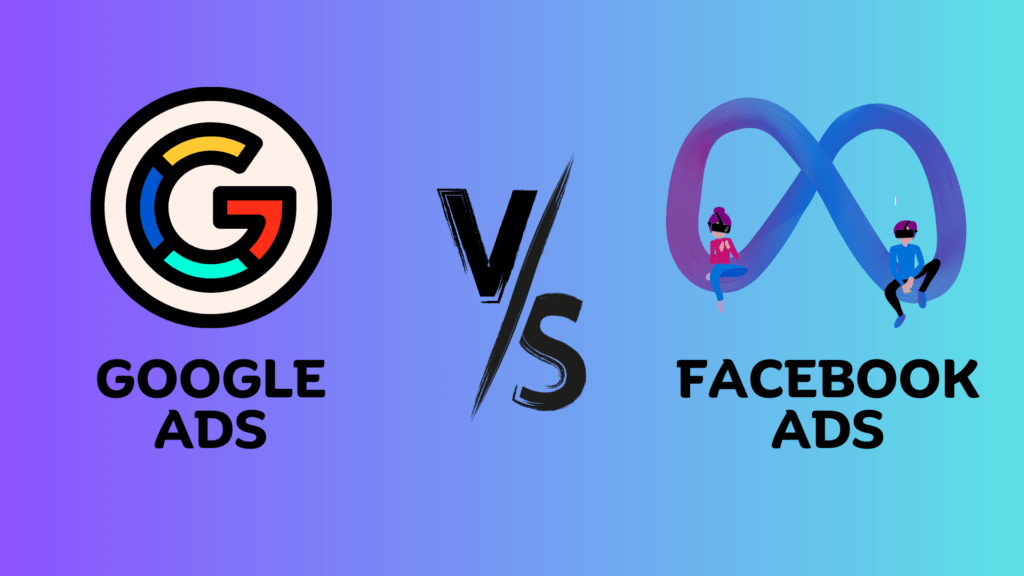Introduction
In the current economic climate, where businesses face increasing pressure to cut costs and maximize returns on investment (ROI), effective marketing strategies are paramount. Among these strategies, optimizing Google Ads campaigns stands out as a powerful tool for businesses of all sizes. By implementing the right techniques, marketers can stretch their advertising budgets further while driving meaningful results. In this comprehensive guide, we’ll delve into twelve expert tips to help you master Google Ads optimization, ensuring every dollar spent delivers tangible value.
Google Ads Optimization Tips
These 12 Google Ads Optimization Tips will boost your ads campaigns to the sky:
1. Consolidate and Automate for Efficiency
To streamline your Google Ads management and enhance optimization efforts, consider consolidating your Google Ads account. By grouping ads and ad groups together, you provide the algorithm with more data, facilitating more effective bidding and ad delivery. Leveraging Google’s automation tools, such as automated bidding, further enhances efficiency by adjusting bids in real-time based on performance data. This reduces guesswork and maximizes ROI while freeing up time for strategic decision-making.
2. Align Ad Copy and Landing Pages
This Google Ads Optimization Tips is very important for your success. Creating a seamless user experience begins with aligning ad copy and landing pages with users’ search terms. This personalization fosters relevance, leading to higher click-through rates, lower bounce rates, and increased conversions. Additionally, aligning ad copy and landing pages improves Quality Score, optimizing ad placement and reducing costs. Utilize tools like Google’s keyword planner to identify relevant keywords and tailor your content accordingly.
3. Harness the Power of Negative Keywords
Negative keywords serve as a crucial tool in honing the precision of ad targeting, ensuring that advertisements are displayed only to the most relevant audience segments. By strategically excluding specific phrases that are unrelated to the offerings or intent of the campaign, marketers can mitigate the risk of their ads appearing in irrelevant searches, thus optimizing campaign effectiveness.
Moreover, regular review and refinement of the list of negative keywords enable advertisers to stay ahead of evolving search trends and consumer behaviors, continually fine-tuning ad targeting strategies for optimal performance. This proactive approach not only safeguards the integrity of the brand but also maximizes the impact of ad spend by focusing resources on reaching the most qualified prospects.
4. Explore Diverse Campaign Types
Experimenting with different campaign types broadens your reach and connects you with diverse audiences. Whether it’s YouTube campaigns to engage video viewers or display campaigns to reach users browsing related websites, diversifying your ad portfolio amplifies your brand’s visibility. Track key performance metrics to identify top-performing campaigns and refine your strategy accordingly.
5. Focus on Comprehensive Metrics
Among all the Google Ads Optimization Tips this tip has its own distinct worth . While click-through rate (CTR) and cost per click (CPC) are important, they only scratch the surface of campaign performance. Incorporate metrics like conversion rate, Quality Score, return on ad spend (ROAS), and cost per acquisition (CPA) to gain deeper insights into campaign effectiveness. Utilize analytics platforms to tie data back to business outcomes, ensuring Google Ads contributes to revenue generation.
6. Measure Impression-to-Conversion Rate
Developing a custom metric like the impression-to-conversion (ITC) rate provides a deeper understanding of campaign efficiency beyond traditional metrics. By quantifying the number of impressions needed to yield a conversion, businesses gain invaluable insights into the effectiveness of their ad campaigns. Various factors such as ad position, targeting options, and ad copy directly impact the ITC rate, shedding light on areas ripe for optimization.
Through meticulous analysis of this metric, marketers can pinpoint strengths and weaknesses within their campaigns, enabling them to refine strategies and allocate resources more effectively. This nuanced approach empowers businesses to maximize the impact of their advertising efforts and achieve optimal results in an ever-evolving digital landscape.
7. Test Automated Bid Strategies
Explore Google’s automated bidding options to optimize bids and maximize returns. Experiment with strategies like maximizing conversion value, targeting ROAS, maximizing conversions, and target CPA to find the best fit for your objectives. Conduct A/B tests to compare manual and automated bidding approaches, allowing the algorithm to gather data and refine bid optimization strategies.
8. Review and Update Site Links
Regularly reviewing and updating site links and ad extensions is essential to maintain relevance and effectiveness in your Google Ads campaigns. Identify key pages on your website that align with your advertising goals and direct traffic accordingly. By monitoring the performance of these links and extensions, you can gain insights into user behavior and make necessary adjustments to drive more traffic and improve conversion rates. This proactive approach ensures that your ads remain impactful and continue to deliver tangible results over time.
9. Fine-Tune Ad Messages with Data
Leverage the power of data-driven insights to fine-tune your ad messages and elevate campaign performance. Engage in A/B testing to explore headline variations, integrating popular keywords strategically, and crafting ad copy that embodies the unique essence of your brand. Additionally, experiment with pinning variants in responsive search ads, granting you greater control over ad messaging while amplifying its impact. By continuously refining and optimizing your ad content based on empirical data, you can effectively engage your audience and drive desired actions, ultimately maximizing the success of your Google Ads campaigns.
10. Utilize Ad Schedule Adjustments
Ad scheduling adjustments, also known as dayparting, allow you to control when your ads are shown based on specific times of the day or days of the week. By analyzing your campaign data, such as conversion rates, click-through rates, and cost-per-click, you can identify patterns of peak performance. For instance, if your e-commerce business experiences higher conversion rates during evenings and weekends, you can increase your bids or budget allocation during those times to capture more valuable traffic. Conversely, during periods of low activity or when conversion rates are below average, you can reduce bids or pause campaigns temporarily to conserve budget.
11. Implement Ad Group-Level Testing
Ad group-level testing involves creating variations within specific ad groups to determine which combinations of keywords, ad copy, and targeting criteria drive the best results. For example, if you’re running a campaign for a clothing retailer, you might have separate ad groups for men’s shirts, women’s dresses, and children’s apparel. Within each ad group, you can test different ad creatives, headline variations, and calls-to-action to identify which elements resonate most with each segment of your audience. By continuously monitoring performance metrics such as click-through rates, conversion rates, and return on ad spend at the ad group level, you can make data-driven optimizations to improve overall campaign performance.
12. Leverage Remarketing Campaigns
Remarketing campaigns target users who have previously visited your website or interacted with your brand but haven’t completed a desired action, such as making a purchase or filling out a contact form. By deploying remarketing ads across the Google Display Network or Search Network, you can re-engage these potential customers and encourage them to return to your site. Remarketing allows for highly targeted messaging based on users’ past behavior, interests, and interactions with your site. Segment your remarketing audiences based on specific criteria, such as cart abandonment or pages visited, to deliver personalized ads that are relevant to each user’s journey. Continuously refine your remarketing strategy based on performance data to maximize conversions and ROI.

Conclusion
In today’s dynamic digital landscape, mastering Google Ads optimization is essential for businesses aiming to thrive amidst economic uncertainties. By implementing a holistic approach to campaign management and leveraging advanced strategies, marketers can maximize their advertising budgets while driving meaningful results. From consolidating accounts and aligning ad copy to harnessing the power of negative keywords and exploring diverse campaign types, each tip serves as a building block towards enhanced performance.
Additionally, focusing on comprehensive metrics, measuring impression-to-conversion rates, and testing automated bid strategies empower marketers to make data-driven decisions and optimize campaigns for success. As technology evolves and consumer behaviors shift, staying adaptable and embracing innovative tactics like ad scheduling adjustments, ad group-level testing, and remarketing campaigns is crucial. By continuously refining strategies based on performance insights, businesses can navigate challenges, increase their competitive edge, and achieve sustainable growth in the ever-evolving digital ecosystem.





Your point of view caught my eye and was very interesting. Thanks. I have a question for you.
Your point of view caught my eye and was very interesting. Thanks. I have a question for you.
Thank you for your sharing. I am worried that I lack creative ideas. It is your article that makes me full of hope. Thank you. But, I have a question, can you help me?